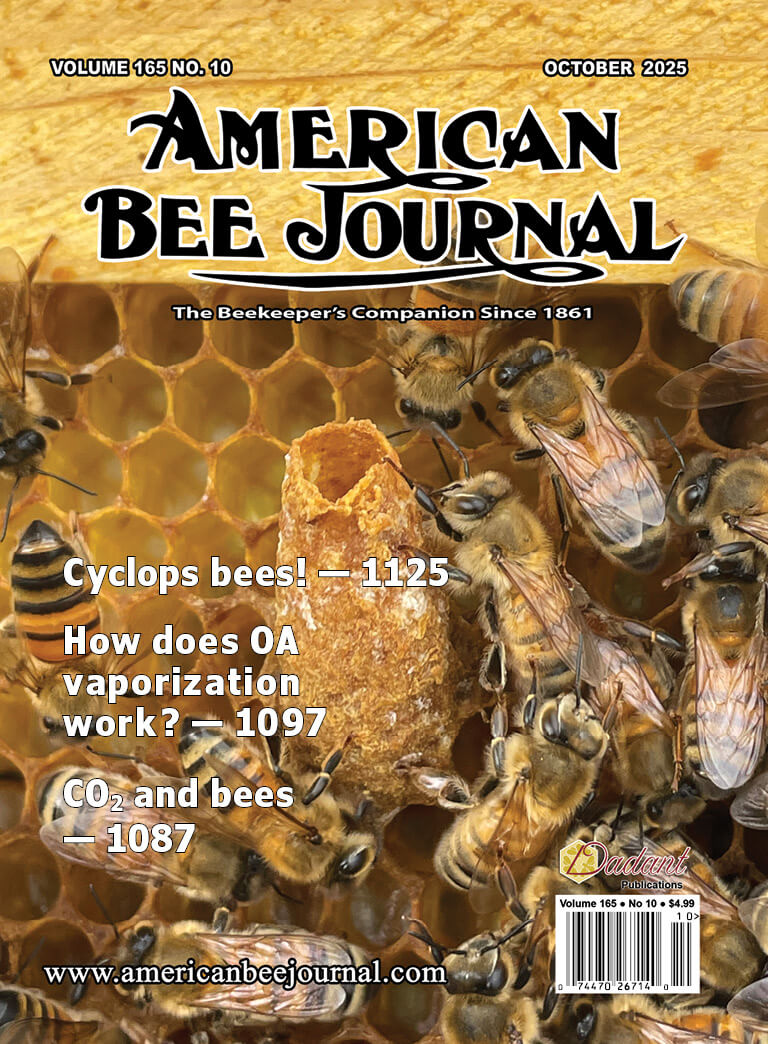Scientific name: Fagus sp.
There are two monoecious1 species of Beech in the U.S. that are common and look much alike (Fagus grandifolia and Fagus sylvatica). F. grandifolia is native to North America and F. sylvatica is native to Europe. The two are quite similar in appearance except that the leaves of F. sylvatica are frequently a bit shorter than those of F. grandifolia (2 to 4 vs. 2 to 5 inches) and are more minutely toothed than F. grandifolia. The leaves of F. grandifolia are reported to have 11-15 pairs of veins while those of F. sylvatica are said to have only 5 to 9.[3 &11] There has been much breeding and selection of cultivars of F. sylvatica, and I’m not sure how well these distinctions apply across the whole species. On the Michigan State University Campus there is, for example, a tree labeled F. sylvatica ‘Laciniata’ that has teeth that are quite large (pictured in margin). While this is an unusual European beech because of its deeply cut teeth, it provides a finer canopy appearance and a more dappled shade than the standard European beech and may be fairly common as a landscape ornamental for these reasons. There may be also be others like it of which I am not aware.
You might think that you are not as likely to encounter F. sylvatica as F. grandifolia. In the wild that probably is the case, but F. sylvatica is often planted as a shade tree and there are many ornamental cultivars that have been introduced into the commercial market and planted in home gardens and public parks.
Beyond that, there are about 10 species of large deciduous monoecious trees in the genus with smooth light gray bark that look much alike[6] and presumably might be misidentified as one of the two species described above.
Plant description: (F. grandifolia): The tree is covered with a distinctive light grey bark. The leaf buds are elongated, straight sided, and sharp (acute). The leaves are placed alternately along the branch upon which they reside and are toothed. The species is monoecious, with the flowers appearing with the leaves. The male flowers are on drooping elongated stalks and are arranged in spherical heads. The female flowers are almost not visible and are usually in pairs surrounded by numerous bracts. Each flower has 3 slender backwards curved (recurved) styles.2
The fruits are 1 or 2 brown, 3-angled nuts that are placed in a 4-parted husk of soft prickles. The fruits ripen in the fall and the nuts are edible.[6. 11 &16]
Distribution: F. grandifolia is a major tree of the eastern deciduous forests of the U.S. and contiguous parts of Canada. (See map). F. sylvatica will commonly be found in landscape plantings and the maps provided here suggest that there have also been some escapes to the wild.
Importance as a honey plant: The two species mentioned above are probably less important to the North American beekeeper than are the oaks which are in the same family. This probably is in large part because they are not as common in the wild as the oaks for which there are many species. See the December 2014 column.
The species is not listed in the Oertel bulletin[12], which was based on yearly questionnaires sent to beekeepers throughout the U. S. starting in 1926 and continuing up until sometime before the preparation of their 1939 publication.[12] Ayers and Harman[1], from their questionnaires, found what was probably the native species (F. grandifolia), to be of some importance to beekeepers in ME.
Pellett[14] writing about F. grandifolia states that the principal value of the genus to the beekeeper is for pollen, but that it also sometimes provides honeydew.
John Lovell[9] devotes only a little over three lines of print to F. grandifolia which provides its general distribution, the information that the species is wind pollinated, that male and female flowers occur on the same tree and that “Honey-dew is found on the foliage.”
Ramsay[15] in her review of the plant’s importance to the beekeepers in Canada mentions only the European Species (F. sylvatica), probably because she could find no Canadian beekeeping literature dealing with the native species (F. grandifolia). For the European species she references Howes[7] stating that it is a source of honey dew in mid Europe, that it may be more attractive to bees after a rain than before, and that it is considered a troublesome source of honeydew in the UK (England, Scotland, Wales, and Northern Ireland).
For a general description of honeydew honey see this


